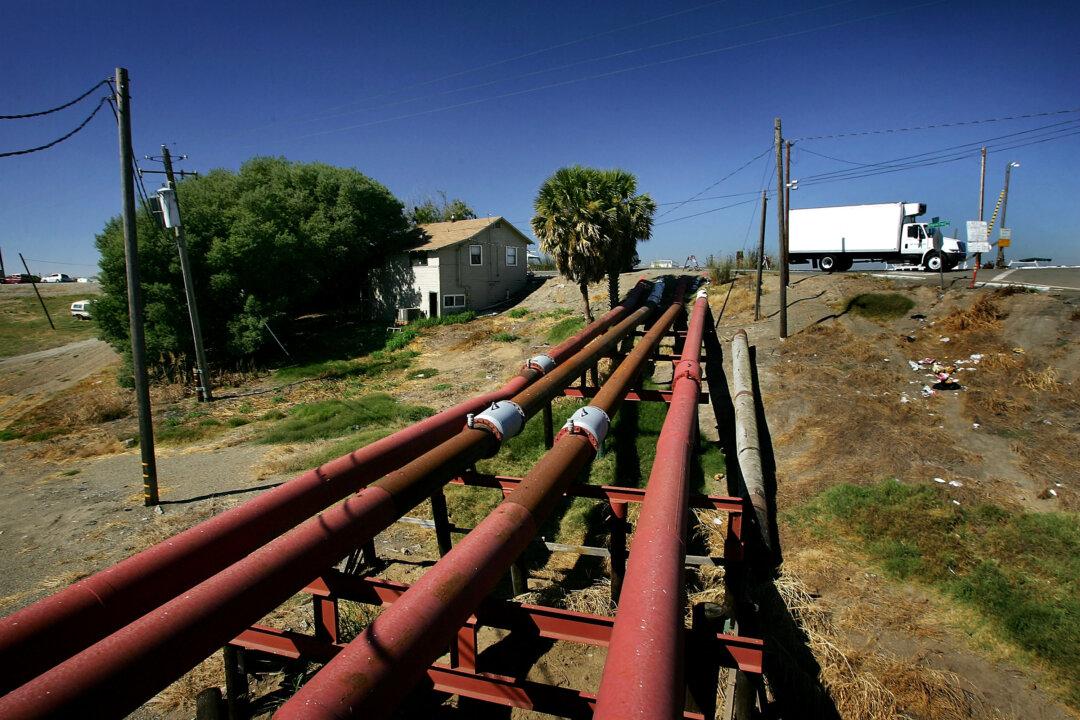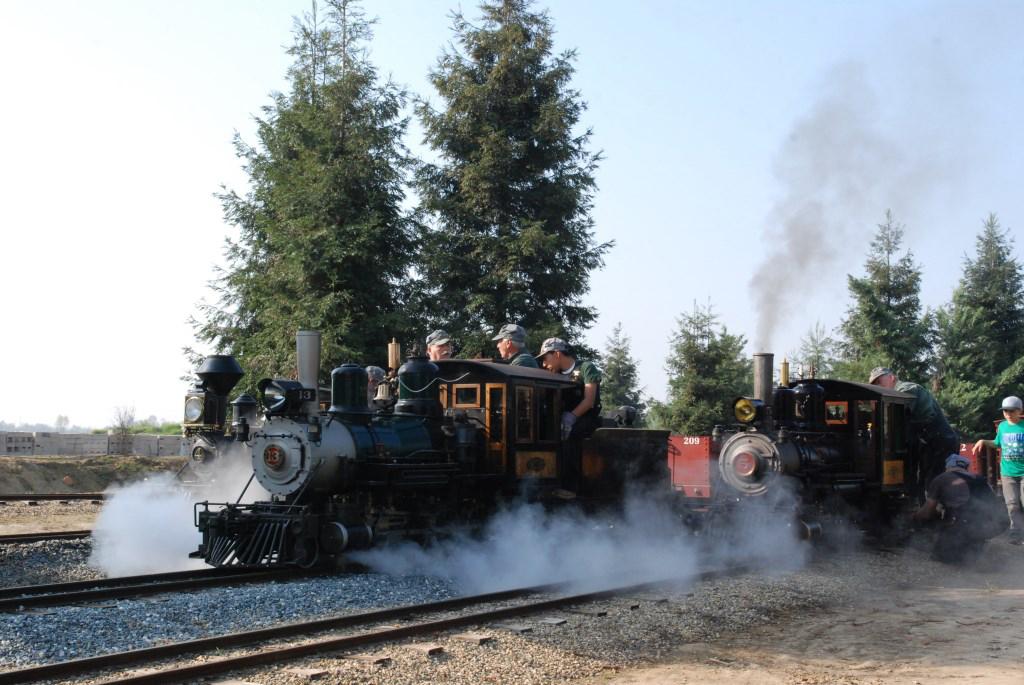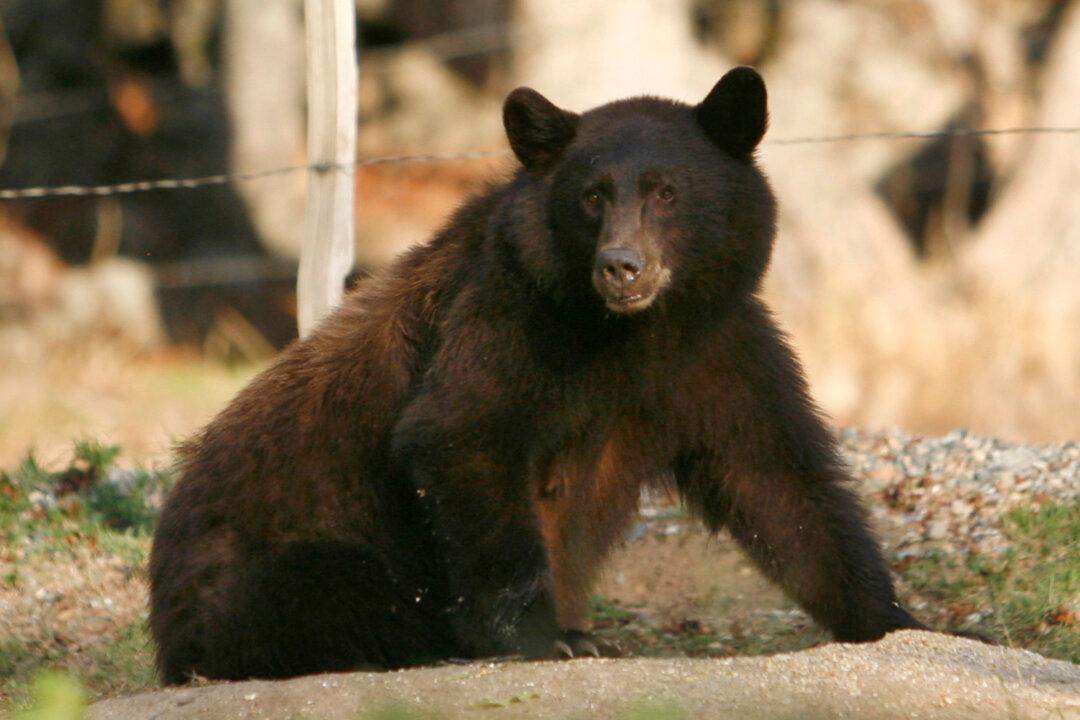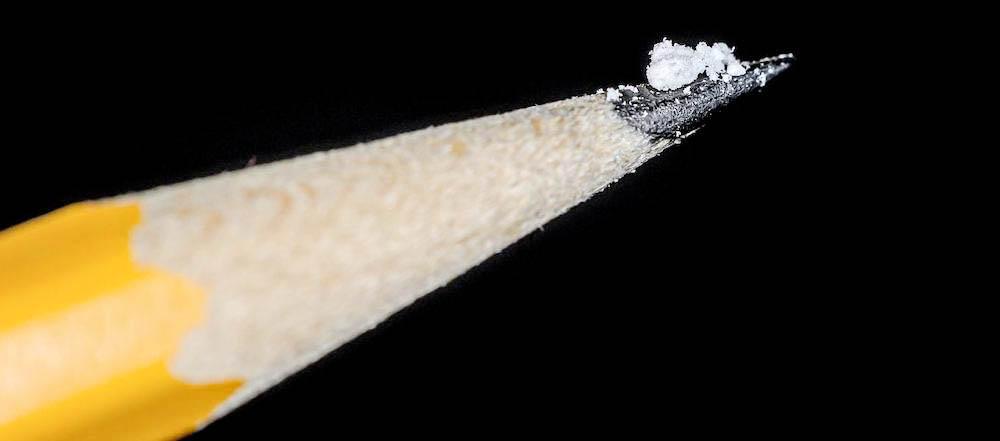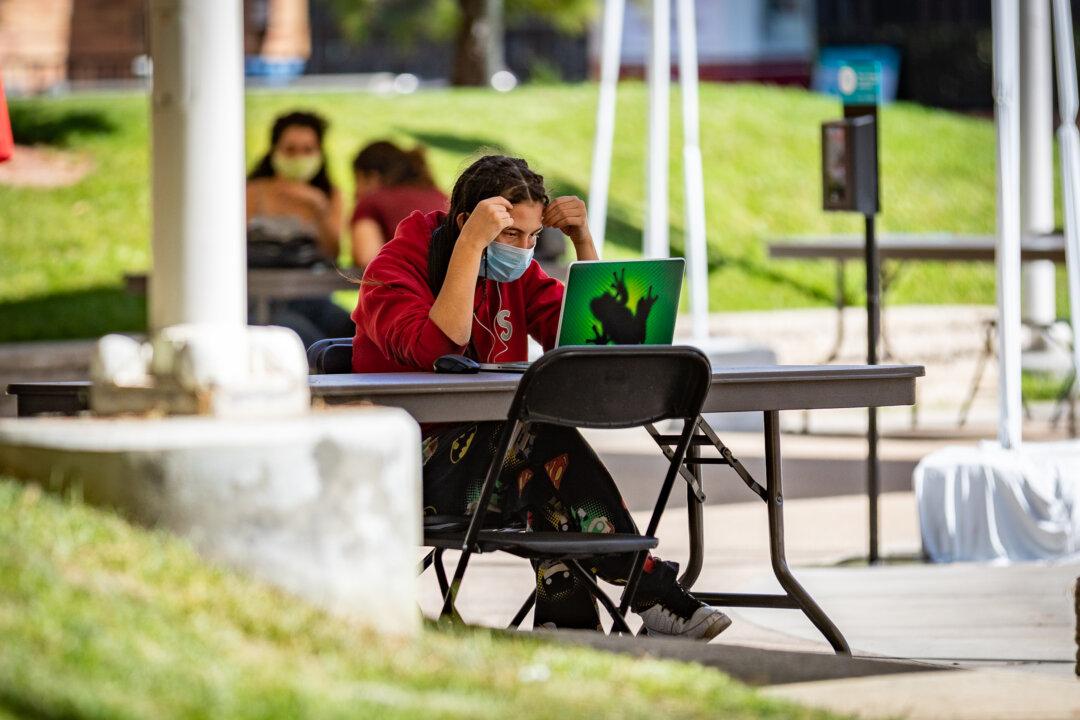Farmers in California’s Central Valley are confident that there will be enough water for this summer’s crops, thanks to two years of robust rainfall and a plentiful Sierra snowpack.
It’s welcome news for Californians working in agriculture, especially after the state has survived several years of on-and-off drought. For the Sierra snowpack, which helps supply water to the valley through sources such as the Kings River and Pine Flat Dam, the 2024 rainy season brought a “surprisingly average” year, as one University of Utah expert put it.
